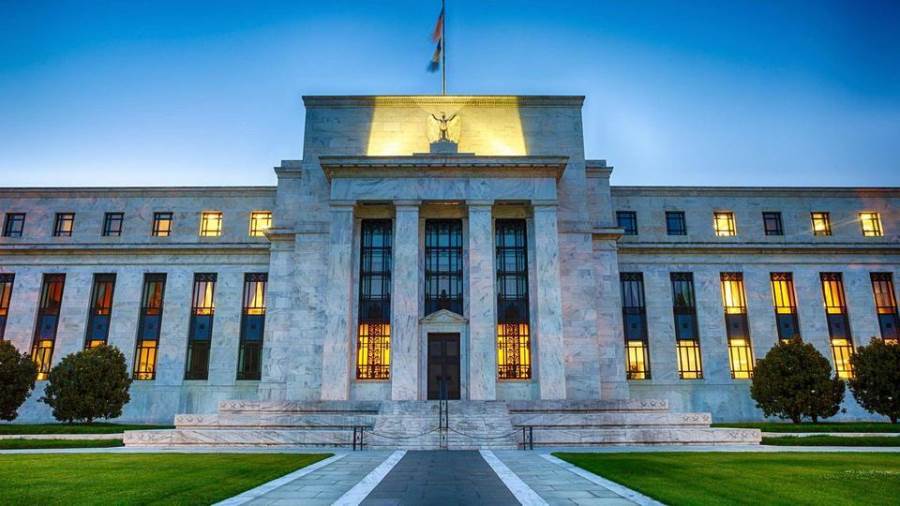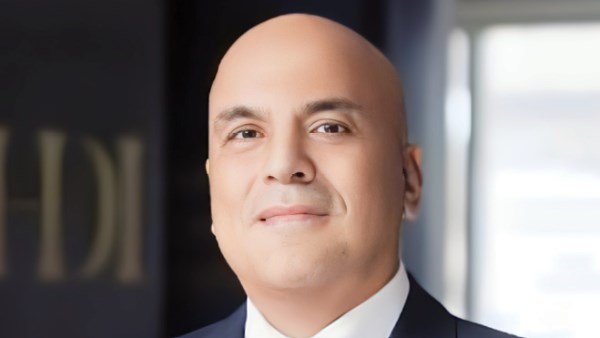
Card issuers are often slower to respond to Fed rate decreases than to increases
The Federal Reserve is likely to hold interest rates steady next week

The Federal Reserve is expected to hold interest rates steady at the end of its two-day meeting next week, despite President Donald Trump’s comments Thursday that he’ll “demand that interest rates drop immediately.”
So far, the central bank has moved slowly to recalibrate policy after hiking its key benchmark 5.25 percentage points between 2022 and 2023 in an effort to fight inflation, which is still running above the Fed’s 2% mandate. On the campaign trail, Trump said inflation and high interest rates are “destroying our country.”
But for consumers struggling under the weight of high prices and high borrowing costs, there is little relief in sight, for now.
“Anyone hoping for the Fed to ride in as the cavalry and rescue you from high interest rates anytime soon is going to be really disappointed,” said Matt Schulz, LendingTree’s chief credit analyst.
The Federal funds rate, which the U.S. central bank sets, is the rate at which banks borrow and lend to one another overnight. Although that’s not the rate consumers pay, the Fed’s moves still affect the borrowing and savings rates consumers see every day.
Once the Fed funds rate eventually comes down, consumers may see their borrowing costs decrease across various loans such as mortgages, car loans and credit cards, making it cheaper to borrow money.
Credit cards
Since most credit cards have a variable rate, there’s a direct connection to the Fed’s benchmark. But even though the central bank cut its benchmark interest rate by a full percentage point last year, credit card costs remained elevated.
Card issuers are often slower to respond to Fed rate decreases than to increases, said Greg McBride, Bankrate’s chief financial analyst.
Currently, the average credit card rate is more than 20%, according to Bankrate — near an all-time high.
In the meantime, delinquencies are higher and the share of credit card holders making only minimum payments on their bills recently jumped to a 12-year high, according to a Philadelphia Federal Reserve report.
“That means it is maybe more important than ever to get that high-interest debt under control,” Schulz said.
Mortgage rates
Mortgage rates have risen in recent months, even as the Fed cut rates.
Because 15- and 30-year mortgage rates are fixed and mostly tied to Treasury yields and the economy, they are not falling in step with Fed policy. Since most people have fixed-rate mortgages, their rate won’t change unless they refinance or sell their current home and buy another property.
“Most mortgage debt is fixed, so existing homeowners are not impacted,” Bankrate’s McBride said. “It just adds to the affordability woes for would-be homebuyers and is keeping home sales on ice.”
The average rate for a 30-year, fixed-rate mortgage is now 7.06%, according to Bankrate.





-1120252475029447.jpg)
-920252122624392.jpg)













